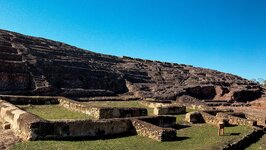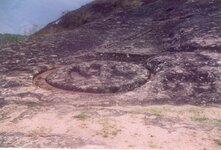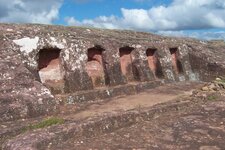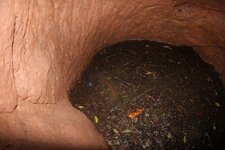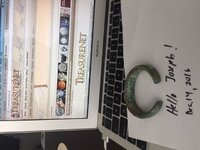Crow
Silver Member
- Jan 28, 2005
- 3,317
- 9,258
- Detector(s) used
- ONES THAT GO BEEP! :-)
- Primary Interest:
- Other
Hello All
Here is another place rarely if ever talked about. The pre Inca religious site was Terra formed for various deities. With two strange parallel engraved trenches left to mystify us.
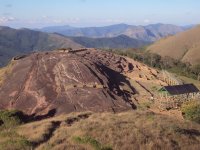
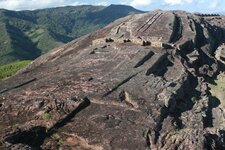
Another great mystery is mysterious tunnel. Is it a doorway into the Inca underworld? treasure of the ancients? Or the fabled secret tunnels under South America?
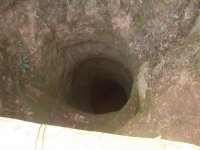
Crow
Here is another place rarely if ever talked about. The pre Inca religious site was Terra formed for various deities. With two strange parallel engraved trenches left to mystify us.


Another great mystery is mysterious tunnel. Is it a doorway into the Inca underworld? treasure of the ancients? Or the fabled secret tunnels under South America?

Crow


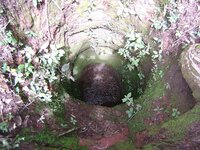
 Some very interesting information there. here is more pictures of the site below.
Some very interesting information there. here is more pictures of the site below.